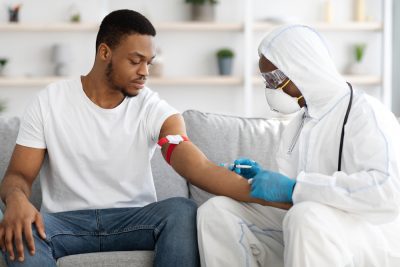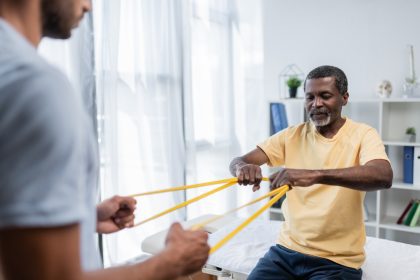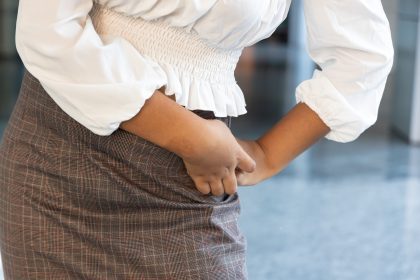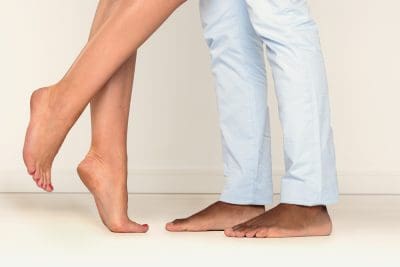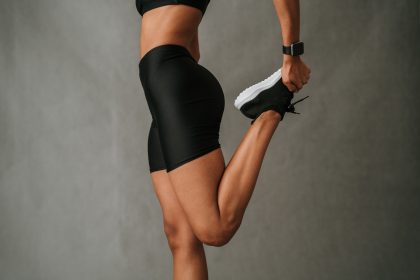Foot amputation poses substantial challenges to both mobility and circulation. Enhancing blood circulation and restoring functionality becomes paramount in the aftermath of such a procedure. This phase of circulation rehabilitation holds the key to not just reclaiming lost mobility but also to overall well-being and an improved quality of life.
When a foot is amputated, the body undergoes significant changes, requiring tailored approaches to foster healing. This article delves into the essential strategies designed to aid in circulation rehabilitation after a foot amputation. By embracing these methodologies, individuals can embark on a journey toward improved blood flow, enhanced mobility, and a renewed sense of vitality. Each step in this process is a vital component, offering hope and practical guidance for a comprehensive recovery post-amputation.
Understanding Circulation Rehabilitation
Upon undergoing a foot amputation, it’s vital to focus on rehabilitation to improve blood flow and regain strength. This process involves a combination of exercises, lifestyle adjustments, and sometimes, assistive devices. Here are eight effective ways to promote circulation rehabilitation after a foot amputation:
1. Physical Therapy
Engaging in tailored physical therapy sessions is essential for reconditioning muscles, enhancing balance, and restoring mobility. Therapists customize exercises to accommodate individual needs, ensuring a gradual and safe recovery.
2. Gradual Exercise Regimen
A structured exercise routine, including stretching and low-impact activities like swimming or stationary cycling, helps stimulate blood flow. Start slowly and gradually increase the intensity to avoid overexertion.
3. Compression Therapy
Compression garments or stockings aid in improving blood circulation by applying gentle pressure to the lower limbs. These garments facilitate blood movement, reducing the risk of swelling and promoting healing.
4. Healthy Diet
Consuming a balanced diet rich in nutrients like vitamins C and E, omega-3 fatty acids, and antioxidants supports circulation and tissue repair. Consult a nutritionist for personalized dietary recommendations.
5. Monitoring Blood Sugar Levels
For individuals with diabetes leading to the amputation, closely managing blood sugar levels is crucial. Stable glucose levels promote better circulation and aid in overall healing.
6. Assistive Devices
Utilizing assistive devices such as canes, crutches, or prosthetics assists in weight distribution and improves mobility. These devices support the body and aid in circulation during movement.
7. Elevating Legs
Elevating the legs above heart level helps in reducing swelling and improving blood circulation. Regularly elevating the residual limb minimizes discomfort and promotes healing.
8. Consultation and Monitoring
Regular consultations with healthcare professionals ensure proper healing progress. Periodic check-ups help in adjusting the rehabilitation plan as needed, ensuring optimal recovery.
Conclusion
Circulation rehabilitation following a foot amputation is not just a process—it’s a journey that demands resilience, patience, and a steadfast commitment to restoration. As individuals navigate this path, integrating a tailored amalgamation of strategies becomes the cornerstone of their recovery, shaping a future marked not by limitations but by newfound capabilities and vigor.
Each of the eight strategies outlined in this article holds a pivotal role in the intricate tapestry of rehabilitation. Physical therapy serves as the guiding force, sculpting muscles and redefining movement patterns. It’s the beacon illuminating the way toward regained strength and balance. Alongside, a gradual exercise regimen becomes the steady rhythm—a cadence that revitalizes blood flow, fostering healing and vitality.
Compression therapy envelops the limbs, gently coaxing circulation to a harmonious flow. It’s the supportive embrace that wards off swelling and encourages the body’s natural healing processes. And in the realm of sustenance, a nutrient-rich diet emerges as a nurturing force—a catalyst for cellular repair and overall well-being.
But beyond the tangible strategies lie the intangible yet equally crucial elements—perseverance, determination, and the unwavering spirit that propels individuals forward. It’s the resilience to adapt to assistive devices, the discipline to monitor blood sugar levels diligently, and the commitment to regular consultations that form the scaffolding supporting this journey.
This journey isn’t solitary; it’s a collaborative effort between individuals, healthcare professionals, and a support network. It’s a testament to the resilience of the human spirit and the power of determination. As each day unfolds, embracing these strategies becomes not just a routine but a testament to the unwavering strength of the human body and the indomitable spirit that surges within. Circulation rehabilitation is not merely about reclaiming what was lost; it’s about forging a new path—an empowered, vibrant path that leads to enhanced circulation, renewed mobility, and a life rich with possibilities post-amputation.
This story was created using AI technology.


